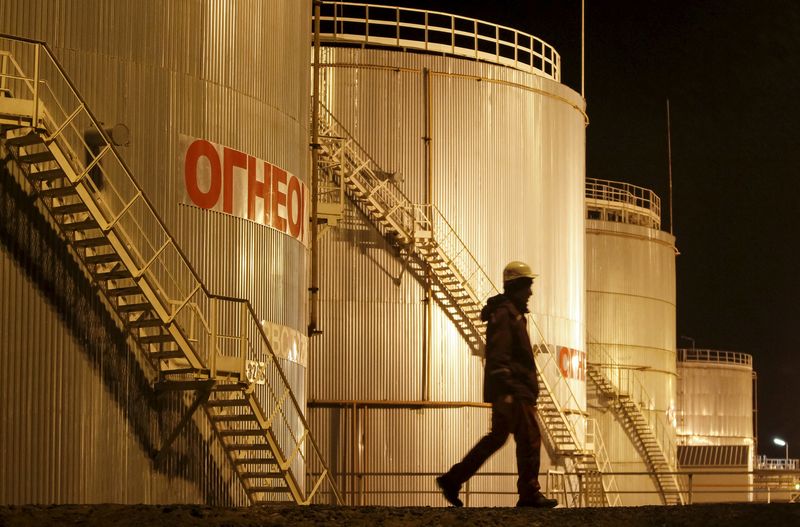Asia FX cautious amid US govt shutdown; yen tumbles after Takaichi’s LDP win
On Wednesday, Shell (LON:SHEL) released a set of energy scenarios projecting a robust rise in global demand for liquefied natural gas (LNG) in the coming years. The scenarios, which are not indicative of Shell’s strategic planning, present varied outlooks for the future of energy consumption and security.
In the scenario named ’Surge,’ which assumes a significant boost in global productivity due to the widespread use of artificial intelligence, LNG demand is expected to reach approximately 550 million tonnes per year (MTPA) by the end of the decade.
This growth is fueled by ongoing projects in Qatar and the United States. Beyond 2030, the ’Surge’ scenario predicts LNG supply to continue growing, potentially reaching 700 MTPA after 2040.
The ’Archipelagos’ scenario envisions countries prioritizing their own interests, which could impact the collaborative development of AI and renewable energy sources.
Conversely, the ’Horizon’ scenario is based on achieving net-zero CO2 emissions by 2050 and limiting the global average temperature rise to below 1.5 degrees Celsius by the end of the century. In this scenario, LNG demand is expected to peak in the early 2030s.
Shell’s scenarios also explore the future of natural gas and oil. Natural gas demand is projected to grow until 2045 in the ’Surge’ scenario, while in the ’Horizon’ scenario, it peaks in the near term to align with net-zero emissions targets. As for oil, the electrification of road transport is cited as a key factor in reaching peak demand by 2030 at the latest in the ’Surge’ scenario.
Overall, the scenarios suggest that primary energy demand in 2050 could be nearly a quarter higher than in 2024, depending on factors such as economic growth rates, energy efficiency gains, and the pace of electrification. Shell plans to release a more detailed outlook focused on LNG later this year.
This article was generated with the support of AI and reviewed by an editor. For more information see our T&C.
